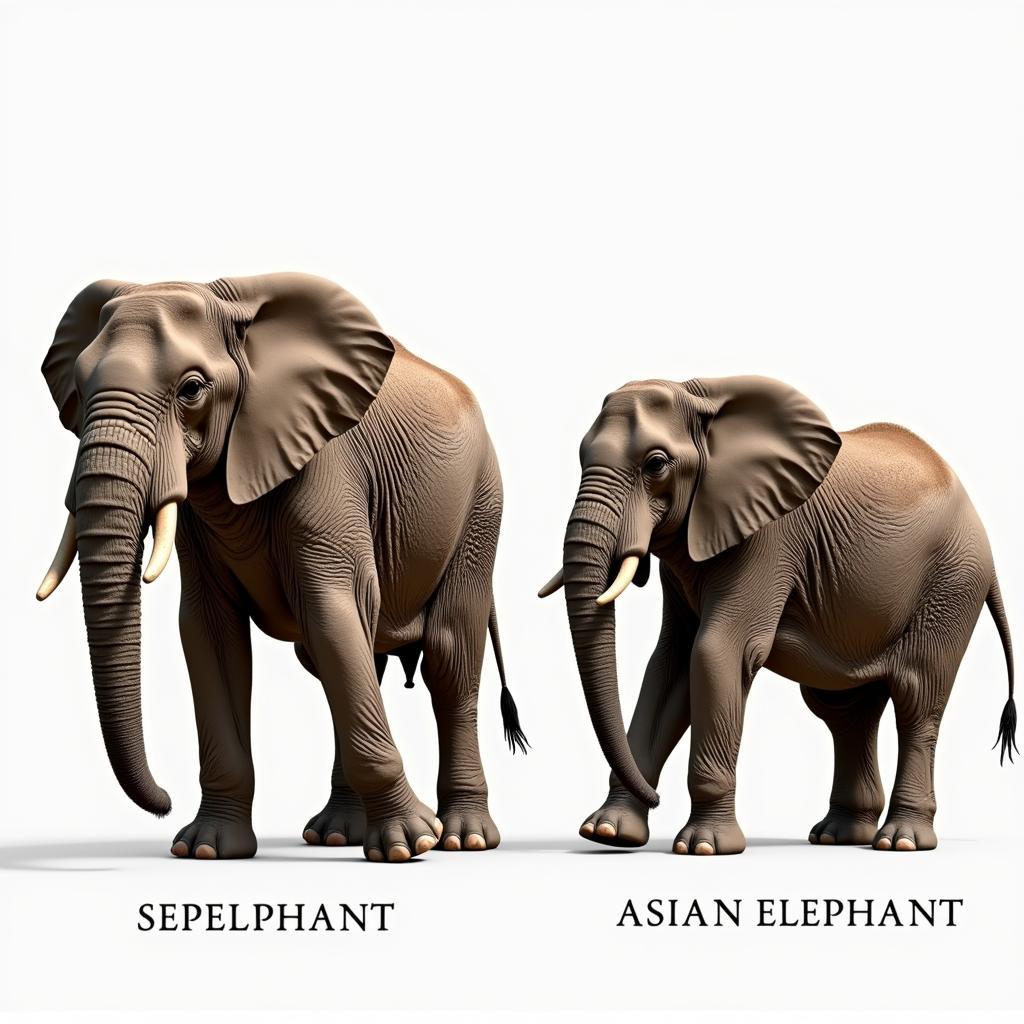Unveiling the African Ibis Vessel: Symbolism, History, and Artistry
The African Ibis Vessel, a captivating artifact found throughout sub-Saharan Africa, speaks volumes about the continent’s rich artistic heritage and cultural beliefs. These vessels, often crafted in the shape of the sacred ibis bird, offer a fascinating glimpse into the rituals, beliefs, and aesthetic sensibilities of ancient African civilizations.
More Than Just a Container: The Significance of the Ibis Form
The choice of the ibis as the inspiration for these vessels is far from arbitrary. In many African cultures, the ibis, with its long beak and elegant plumage, holds profound religious and symbolic meaning. It’s often associated with Thoth, the ancient Egyptian god of wisdom, writing, and magic. This deity was believed to be responsible for maintaining the cosmic balance and was highly revered throughout ancient Egypt and its sphere of influence.
The presence of ibis imagery in sub-Saharan Africa speaks to the far-reaching cultural exchange that took place across the continent. It highlights the interconnectedness of African civilizations and the shared beliefs that transcended geographical boundaries. By shaping vessels into the form of this sacred bird, artisans imbued their creations with spiritual significance, turning them into powerful objects believed to facilitate communication with the divine.
A Journey Through Time: History and Evolution of Ibis Vessels
Archaeological evidence suggests that ibis vessels have been present in Africa for millennia. Early examples, often simple in form and decoration, have been discovered in various archaeological sites, pointing to the enduring significance of this motif.
Over time, the design and craftsmanship of these vessels evolved, reflecting the changing artistic styles and cultural influences of different periods. The introduction of new materials and techniques allowed artisans to experiment with form and decoration, resulting in an astonishing variety of ibis vessels across Africa.
Unmasking the Artistry: Materials, Techniques, and Symbolism
African ibis vessels showcase the ingenuity and creativity of African artisans. They were crafted from diverse materials, each chosen for its specific qualities and symbolic connotations. Clay, readily available and malleable, was a popular choice, often fired to achieve durability and a range of earthy tones.
Beyond the form, the decoration of these vessels is equally significant. Intricate patterns, often geometric or inspired by nature, were meticulously applied using a variety of techniques, including carving, incising, and the application of pigments. These patterns were not merely decorative but held symbolic meaning, often representing abstract concepts, ancestral spirits, or the natural world.
The African ibis vessel stands as a testament to the richness and diversity of African art and culture. It’s a tangible link to the beliefs and practices of past generations, inviting us to explore the symbolism, artistry, and enduring legacy of these fascinating artifacts.

